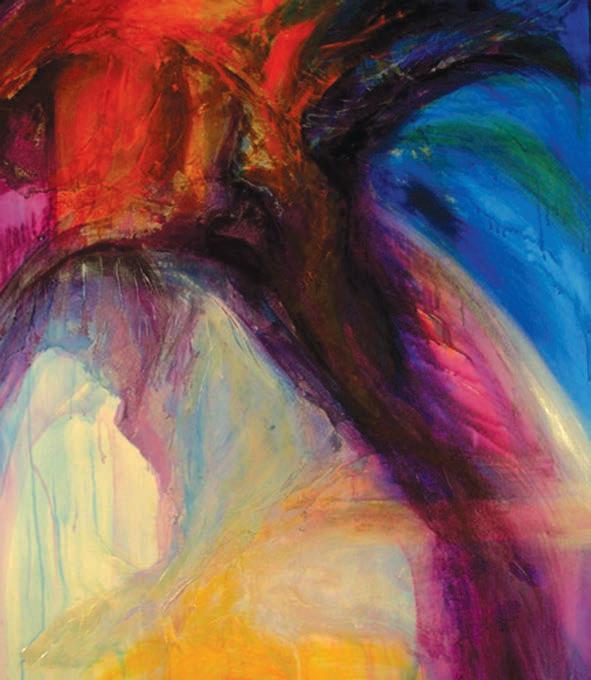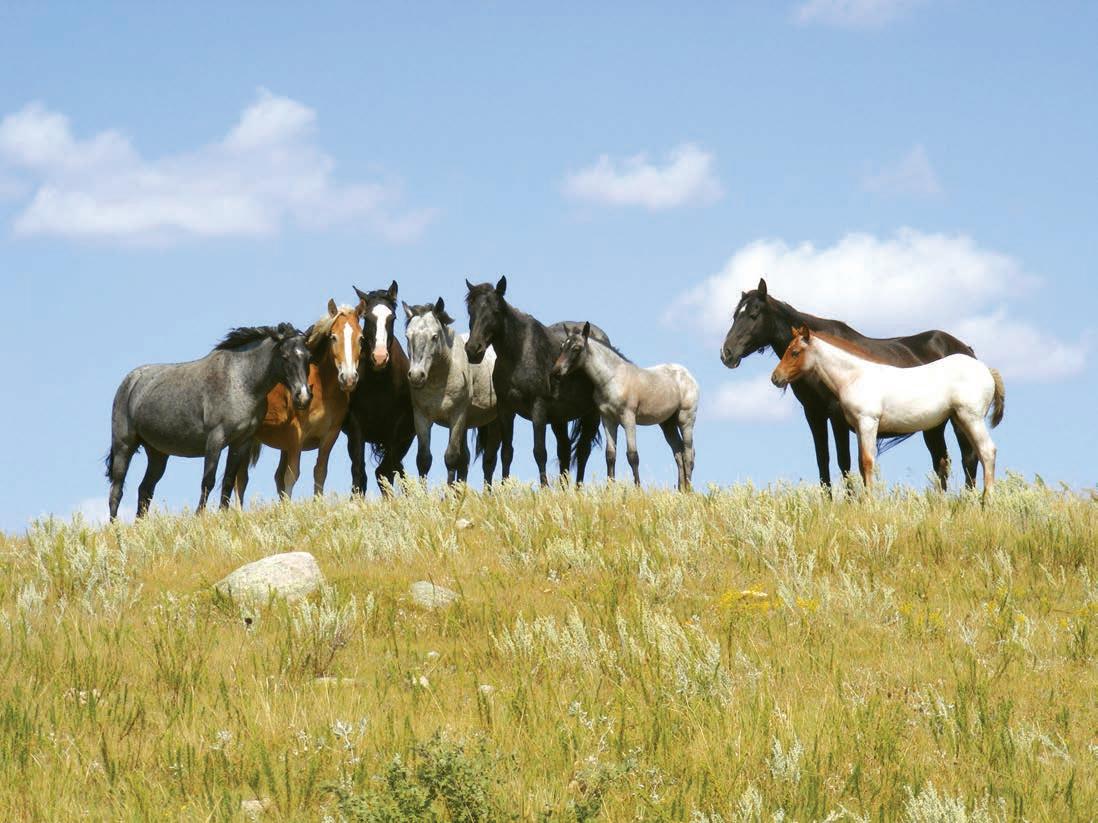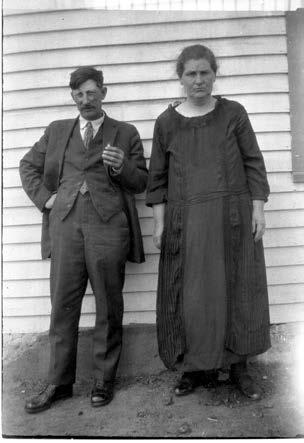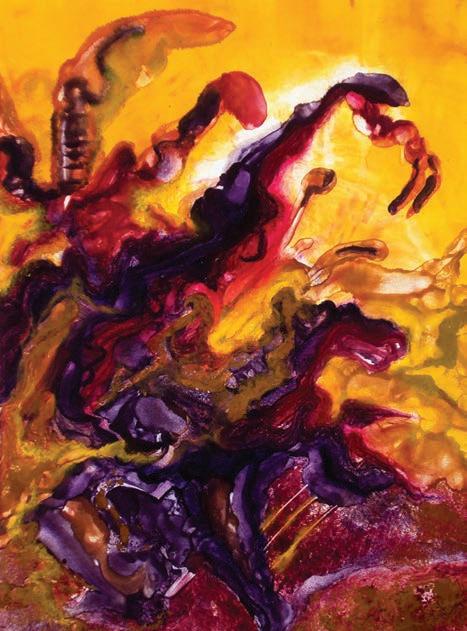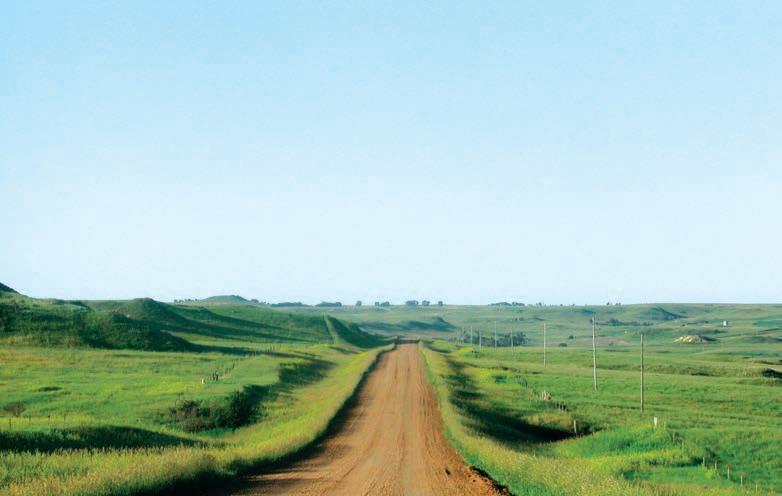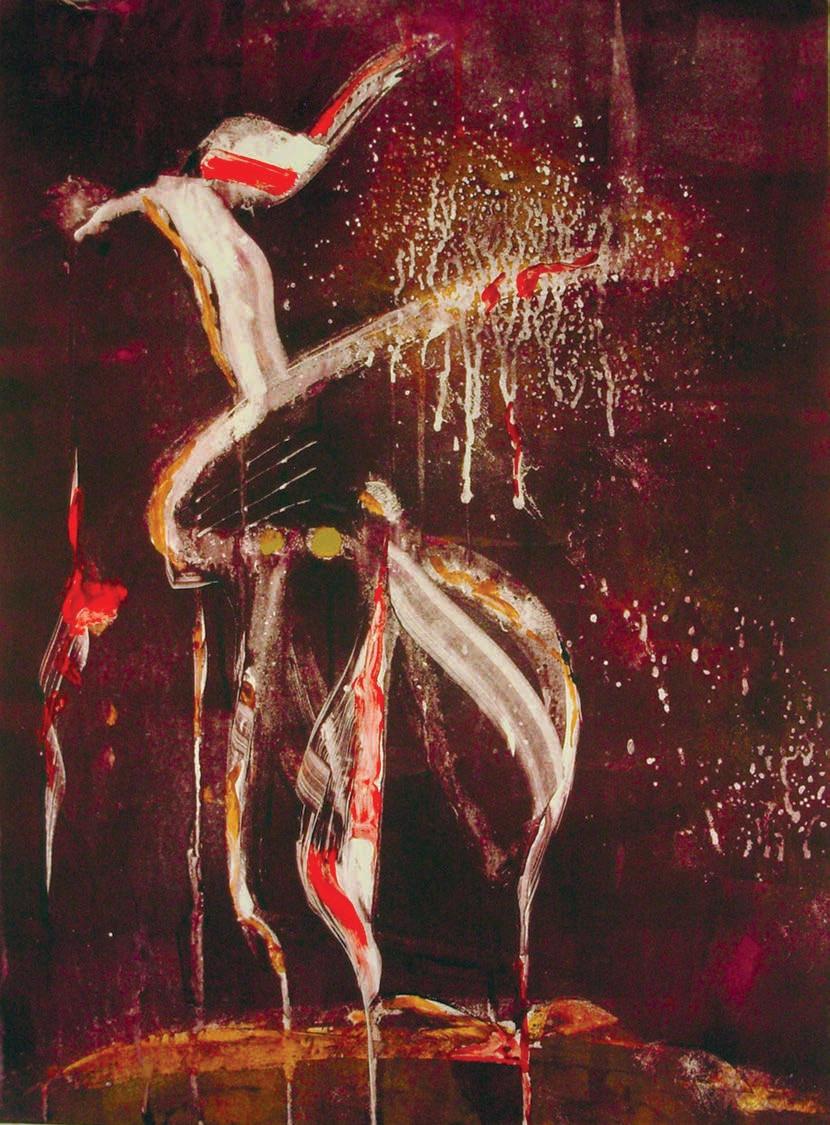[sense of place]
The Dakota-Lakota people have many story variations of the horse and its arrival on the Northern Plains. All of the stories relate the respect for the mystery of creation and all its unrevealed sacred gifts for humanity. That respect for the horse and the connection that the Lakota felt for it is reflected in the names for this first encounter, such as Elk-Dog, Holy Dog, Spirit Dog, or Mysterious Dog. In Dakota or Lakota, the word for dog is simply Sunka (to be a dog; pronounced shoonKAH). Previously, the Dakota-Lakota had no word for horse, and at first sight, probably said something like Le anpetu kin sunka wan lilawakancawawayankewelo, meaning, “This day, a dog was very powerful and I saw it.” Mary Louise Defender-Wilson, Wagmuhawin (Gourd Woman), a traditional storyteller of the Ihanktowana Dakota (Yanktonai), and enrolled member of the Standing Rock Sioux Tribe, shares the story of the horse and its arrival on the Makoche album, My Relatives Say: Traditional Dakotah Stories as Told by Mary Louise Defender-Wilson. 26
According to Defender-Wilson, a long time ago, there were two men who went out hunting along the Mnisose (Missouri River). They called the river Mnisose (pronounced MihNEE shoh-shay; Mni meaning “Water,” sose meaning “Roiling,” “A-stir,” or “Swirling). Think of stirring a cup of coffee after you’ve added cream. These two hunters followed the course of Mnisose and noticed that a great swirl began to appear in the river. As they stood transfixed watching the swirl grow, a violent thunderstorm suddenly manifested itself about them. The two hunters kept as much out of the way of the storm as anyone caught in the rain could, but they trained their eyes on the swirl in the river. As they stood watching the churning water, a bolt of lightning struck it. From the middle of the swirl appeared what looked like a head with a long face. As this head with a long face followed the swirl about in circles, a long neck was revealed as the head and face were lifted out of the water, then a great body, like that of an elk. This creature fought againt the current of the swirl, broke free of it, and swam for the shore where the hunters stood watching. The creature ascended the bank of the Mnisose, shook itself, and walked into the grasses where it began to graze. The hunters knew then it was similar to the bison, elk, and deer. Curious about the creature, the hunters watched it for a while and then decided to approach it, but as they neared it, it ran away. As close as hunters were able to get to the creature, they noticed that it had a little one with it, which was just as skittish as the mother.
Photo courtesy of the Nokota® Horse Conservancy. Shelly Hauge
The Missouri River has a fixed place in the history and mythology of the Plains Indians. For the Lakota Sioux, the Missouri River and many of its tributaries serve as boundaries for ancestral territories, territories which were considered by many tribes over the course of centuries as in dispute or contested. Sometimes a great event occurred that transcended cultural boundaries, from catastrophic floods and deadly blizzards to fiery aurora and torrential star falls. Another one of these great events is the arrival of the horse on the Missouri River.

